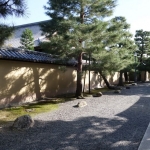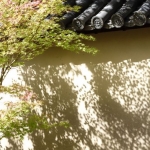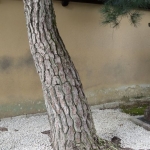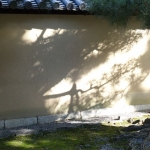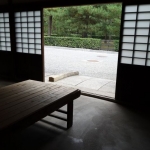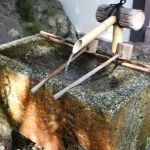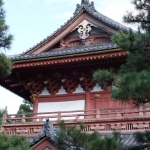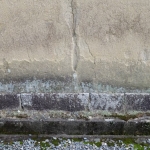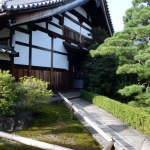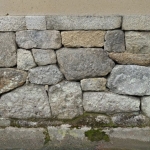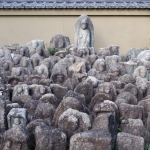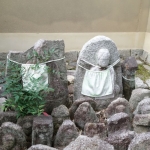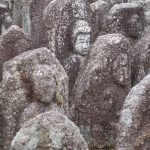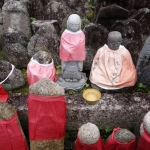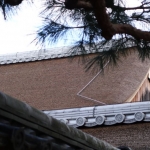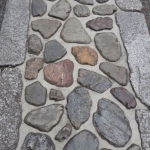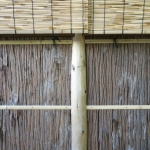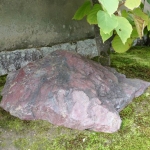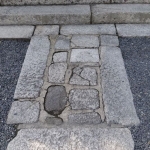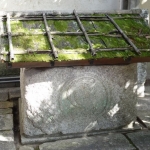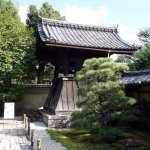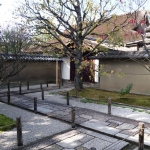Daitoku-ji
On the bare branch
the crow has settled
autumn evening
–Bashō
Daitoku-ji is one of the largest Zen temple precincts with some of the finest gardens in Kyoto.
The temple itself is associated with many of Japan’s most famous priests, who were often great artists as well as religious firgures. Rinzai sect monasteries like Daitoku-ji were inward-looking, walled communities of monks practicing disciplined personal meditation. Unlike the grandiose Buddhist temples of earlier sects open to the public as places of education and charitable assistance, Daitoku-ji remained closed to the majority of the populace.
The priest Shuho Myocho (1282-1337) later called Daito Kokushi, founded Daitoku-ji in 1319. He studied the Zen sect at Kencho-ji in Kamakura and then lived for twenty years among the beggars under Kyoto’s Gojo Bridge to perfect his understanding. With the support of the imperial patronage of emperors Hanazono and Go-daigo the temple prospered. Many sub-temples came into being with later support of military governments.
The main requirement for the small sub-temple is that it be conducive to contemplation and meditation, and the garden is considered paramount in the practice of the religion. The exact origin of kare-sansui, or dry, gardens remains uncertain, but some evidence dates them as early as the eleventh century. Zen gardens often employed settings whose abstraction and symbolism may stimulate endless interpretation.
Private garden worlds comprise the informal areas of the compound. The famous Zen priest Muso Kokushi (1271-1346) wrote about the intuitive nature of gardening. He thought that one should not talk about the concepts and expressions of gardens; rather, the practice of zazen (seated meditation) and gardening intuitively supported enlightenment. Gardens were a “means by which we can give up the attachment to words and phrases and attain the ultimate reality.”
For more information see https://en.wikipedia.org/wiki/Daitoku-ji


